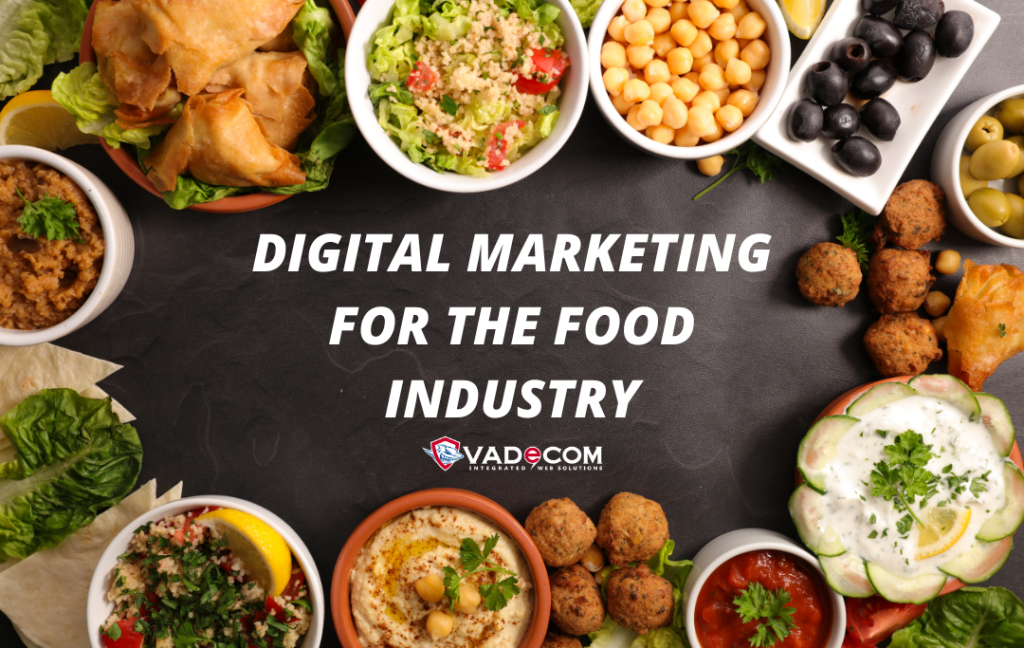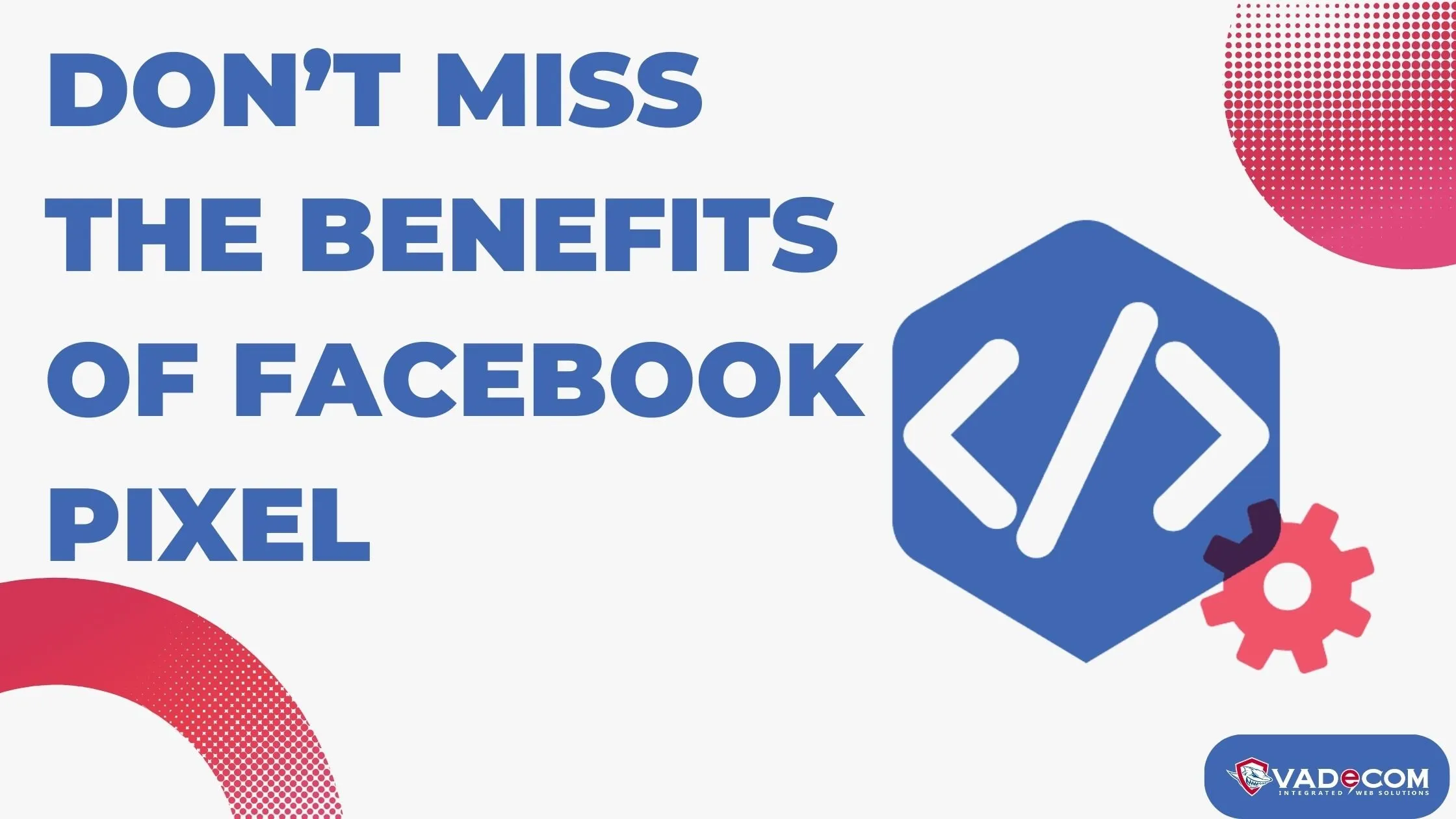Table of Contents
ToggleDigital marketing for the food industry
Digital marketing for the food industry; The Food and Beverage sector is a huge and diverse industry, ranging from large brands to restaurant chains, from producers and distributors, both at the local and national level; it’s an industry that deals with essential goods, for everyone. 
If we delve deeper, we need to consider not only the material “goods” themselves but also the more abstract, experience-based aspects that focus more on pleasure than necessity. A quick glance at our smartphone screens and our friends’ posts on Facebook or Instagram reveals a significant fact: food and beverages in all their forms are immensely popular in the digital world.
A recent survey by Accenture, commissioned by Instagram, revealed that Food & Beverage is the most popular topic among users, specifically within a sample of British users.
To put it briefly: Digital Transformation has revolutionized the industry, in all its complex sectors and across its supply chain. The change has been disruptive. We have already mentioned social networks, but; think of the portals dedicated to reviews (such as TripAdvisor), those specialized in bookings (both online and in-app), or delivery services. Upstream, digital has impacted the very mechanisms of production and distribution.
In this post, we want to move our gaze to the horizon and focus on the trends that will impact Digital marketing for the food industry.
1. New keywords: sustainability and health
For several years now, the keywords associated with food have changed. In short, public sentiment has changed. This has impacted brand strategy when it comes to production and marketing. In the midst of this, two trends seem to be very solid and constantly expanding. 
First of all, there is new attention on the theme of environmental sustainability; It is no longer a niche awareness, But; something that is becoming increasingly mainstream, especially among the younger members of the population. In this case, it is not only about the food and drink itself, but also about the packaging. Dozens of leading companies are part of the Ellen MacArthur Foundation; which is committed to removing plastic from their products, replacing it with bio-sustainable materials.
Ipso CEO Nicola Neri emphasized how companies are focusing on packaging, citing the increased awareness of consumers when it comes to pollution and waste and how it is impacting the choices that companies must make.
In addition, we can’t forget about another important keyword: Health. There is an increasing focus on the impact of food on our lives; where topics such as organic, food intolerances, slow food, and fitness are also getting more attention.
Again, we are surrounded by examples. Just think of the change in the identities of some brands, changing national regulations, TV commercials themselves, and trends on social media, spontaneously, or through the decisive push of influencers and micro-influencers (we will return to this point later).
2. SEO is essential
SEO (Search Engine Optimization); is the set of strategies and practices used to optimize positioning in the organic results of a website on search engines.
Understanding SEO will be more and more fundamental in Digital marketing for the food industry; where appearing among the top Google results matters. For some products and services, not being visible on Google means almost not existing for consumers. In the food industry, this is relevant for both producers as well as retail outlets and restaurants. 
It is no coincidence that; According to Finances Online, taking care of SEO is the top marketing strategy; since as much as 56% of the traffic on Food Industry sites comes from organic search
3. Social networks at the center
Food is “the king of society.” To understand the extent of this fact, let’s look at some data.
Referring back to Instagram research, Food & Beverage is the most interesting topic for users of social networks like Facebook, Instagram, and Twitter. And what are the dimensions of this social universe? Huge. Understanding social networks will be more and more fundamental in Digital marketing for the food industry
In 2019, 3.48 billion users were active on social networks worldwide: an increase of 9% year-on-year. More specifically: 3.26 billion are accessing social networks from mobile devices at an annual increase of 10%. From this, we can see the importance of strategies being mobile-first.
Finally, what is the social network with the most impressive growth? Undoubtedly Instagram is an ecosystem based on images and videos, the type of media that is significantly more effective for storytelling in the Food Industry. Talking about storytelling on social media: the “holy grail” is UGC, User Generated Content, content that is ”spontaneously” generated by users. It is precisely these that inspire the greatest confidence in the public: they are perceived as more sincere and authentic.
According to a study by Harvard Business Review, 70% of users prefer “authentic” content (but also “informative”) to traditional advertising from brands. It is in this groove that the importance of the so-called “influencers” is inserted. The new trend is about moving more and more towards micro-influencers in order to intercept their very specific and. Again, “authentic” audiences.
4. Targeting and personalization
In the previous point, we started to address the importance and centrality that digital entrusts to individuals. For brands, both large and small; It is essential to be able to understand the people that make up their audience. Their target: who they are, where they live, their behaviors, their preferences, and their desires (even potential ones). With digital, all of this is increasingly possible, even for huge audiences. How? Thanks to data analysis, and, consequently, the dynamics of data-driven marketing. 
Think about the analysis of “sentiment”; which allows producers to glimpse trends even before they jump into the limelight, with the enormous potential for competitive advantage. Or; think about the power of users to recommend restaurants based on previous research, geolocation data, and preferences expressed on the most diverse channels. Also; think about opportunities for loyalty and increase the rate of loyalty (which in turn. Of course; Also boosts the “reputation” and image of a brand, a chain of restaurants, a delivery service, or even a single restaurant.
In short, a correct and functional analysis of Big Data leads to a better understanding of your audience, both the real audience and the potential one; in order to predict and influence their possible behaviors. Understanding targeting and personalization will be more and more fundamental in Digital marketing for the food industry
The first step, therefore, is to divide the target into portions, into increasingly specific segments with aligned and consistent characteristics. But that’s not all. The frontier is personalization, So; going as far as the single person, to a dialog that is really one-to-one, interactive, and tailored. This is precisely what companies like Vadecom, who specialize in personalized marketing, are dealing with.
5. A not-so-distant future: Voice Technology, Virtual Reality, Augmented Reality
Looking ahead, we observe three major trends for the future. Firstly, vocal technologies such as Siri, Google Assistant, and Alexa are gaining prominence. For instance, McDonald’s recently announced the acquisition of a start-up that specializes in voice technology for drive-through orders. The second trend is Virtual Reality, followed by Augmented Reality as the third trend. The application potential for these two technologies is vast across all sectors. In the food and beverage sector, in particular, these technologies offer unprecedented storytelling possibilities, starting from the packaging itself. They can also revolutionize customer service in stores and restaurants, ultimately enhancing the consumer experience. As mentioned initially, what matters for the food industry is the universe that food and beverages create around themselves. 







